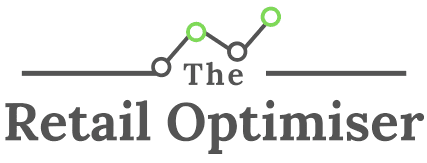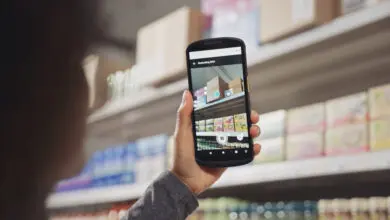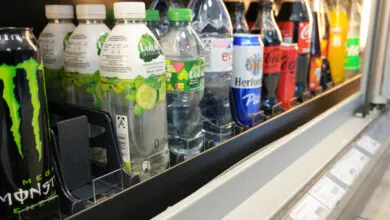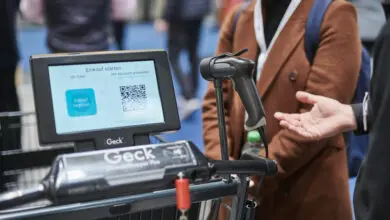Combating retail food waste with system
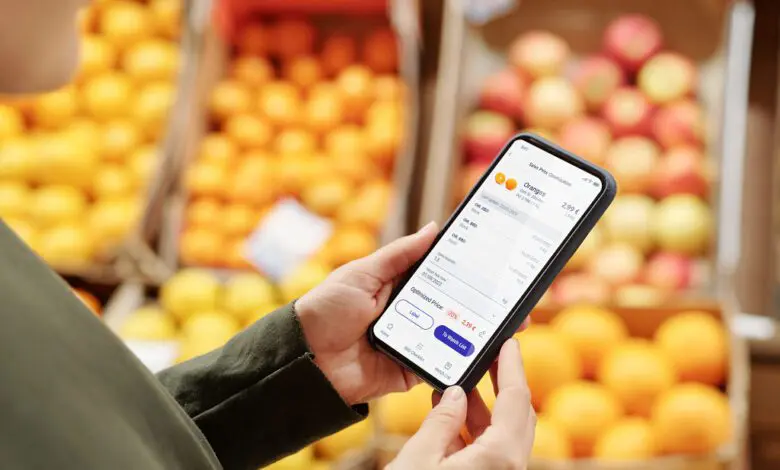
Every year, almost 500,000 tonnes of food waste are caused in the retail sector in Germany alone, according to the UN Food Waste Index Report from last year. This is not only bad for the industry’s image – the commercial damage caused by food being written off without sale is also immense. The problem has been recognised in retail companies, but solutions are not trivial. While waste can be reduced by around 20 percent by using optimised orders through AI-based forecasting systems, the only thing retailers can often do for the remainder is to try to sell it off through price reductions before it is no longer marketable. A process that has so far taken place almost without IT systems – and thus without any significant optimisation. Now there is a new app that could change that.
The announcements by large German food retailers such as Lidl, Aldi Nord and Aldi Süd that they are planning to introduce electronic shelf price labels across the board suggests that they will also adjust their prices more dynamically going forward. This is hardly surprising in view of the continuously toughening price competition.
As Lidl, Kaufland and numerous Edeka stores, the retailers often start implementing electronic price labelling at their rapidly changing fruit and vegetable assortment. The assumption is therefore quickly made that the dynamisation of prices would also reduce the enormous problem of the food trade in the retail industry, which throws away tons of goods every day or at least passes them on unsold because they will soon have reached their use-by date or best-before date or already show defects due to spoilage.
But it is not that simple. Because in fact the batches mix on the shelves and in the containers of the stores. And customers are not very concerned about the realisation of the first-in-first-out principle. Ultimately, the IT systems simply do not know the batches of the products in the retail outlets.
Sales potential ends up in the bin
But the need for action is indeed great: according to last year’s UN Food Waste Index Report, 13 kilogrammes of food waste per inhabitant and year are caused in the retail sector in highly developed countries. That is only about 11 per cent of all food waste, which is mainly generated in households, but also by manufacturers and restaurants. However, the costs for retailers are undeniably gigantic when they have to book out almost 500,000 tonnes of food per year without selling it in Germany, which is still doing well in comparison with other countries.
An important instrument in the fight against food waste for retailers are software tools for optimising order quantities through AI-based forecasts of sales. And these are getting better and better in the area of freshness.
A fifth less waste through AI
For example, the regional food retailer Booths, which has its presence in the north-west of England, was able to reduce spoilage by 10 per cent across its entire range by using the software platform from the Finnish supplier Relex. In the area of chilled goods, which account for 20 per cent of all waste at Booths, write-offs without sales could even be reduced by 20 per cent. And this without any negative effects on availability.
But even after reducing waste by 10-20 per cent, thousands of tonnes of food are still passed on unsold or destroyed in larger companies. More and more often, therefore, retail companies are focusing on reducing the price of fresh produce that is close to its best before date or has acceptable defects. But without looking at the product, no one knows how many products with a certain best-before date are still on the shelf.

Barcode with batch still takes time
As the batch is not registered at the checkouts either, no information about the best-before date of the products that have been sold off can be found in any system. This is supposed to be changed, but it won’t be any time soon. With their US-based project ‘Digital Link Sunrise 2027’, the GS1 organisations across the world are planning to replace the barcode with the GTIN, which is currently read at the checkout, with a 2D code. This will then be a matrix code, which belongs to the family that includes the already widespread QR code.
This will allow additional information such as the batch to be scanned on a small surface. As the name of the project already reveals, this is not planned until 2027. By then, the retailer’s POS hardware and software should be made fit to read and process this additional information.
Metro is already doing it with fish
Until today’s barcode can be optionally replaced by the new 2D code, it is difficult for retailers to read batches at the checkout. This is mainly because only one code is supposed to be scanned at the tills, and not one with the GTIN and another with further information.
Nevertheless, there are indeed cases where retailers already record the batch of the product at the checkout. For example, the wholesale market operator Metro C+C has created a traceability system for fish with the GS1 Germany subsidiary F-Trace, in which it records the lot number at the checkout with the help of the quite bulky barcode ‘GS1 DataBar Expanded Stack’. Metro’s commercial customers can even find this information on their invoice and can thus later still trace the purchased fish back to its catch location or farming area with batch accuracy using the F-Trace platform.
Apart from this exception, the question of which products of which batch have been sold and which are still on the shelves remains completely hidden from the retailers’ systems. Even after the ‘Digital Link Sunrise 2027’ of the GS1 communities, there is likely to be considerable resistance against applying batch-specific codes, especially on the part of manufacturers, due to process disadvantages on their production and packaging lines. And retailers will certainly not be prepared to accept compromises in scanning speed at their checkouts.
Stickers on single products
However, as retailers are under considerable pressure for reducing the amount of wasted food, companies are increasingly trying to sell off fresh produce with only a short remaining time until the best-before date by reducing prices in time. Fruit and vegetables with slight defects that can still be marketed without problems are also to be saved from the bin in this way.
Usually, the employees on the shop floor stick eye-catching stickers with the price reduction in percent onto the goods. But this process is one of the last in the retail sector that is not yet reflected in IT systems, which leads to considerable intransparency and makes efficient optimisation largely impossible.
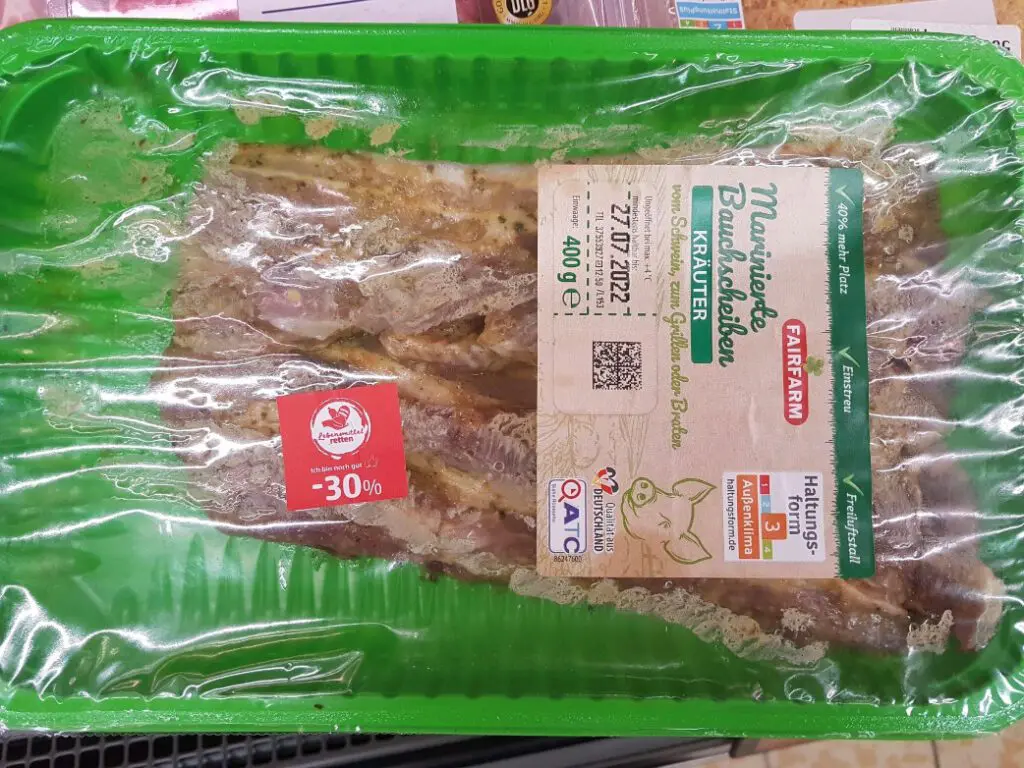
Time and amount of reduction needs optimisation
Assumptions that the amount of the price reduction on fresh produce is not so important after all, because the goods would otherwise be thrown away or given away for free anyway, are increasingly being questioned in retail organisations. If a store reduces the price of a SKU too radically it runs the risk of undermining the price credibility of the base price, despite all the delight of the sales promotion. If too many products are plastered with price reduction labels, the freshness no longer looks fresh.
The lack of transparency in system-free price reduction also bothers retailers for other reasons: At most retail companies, the price reduction has to be activated manually at the checkout by a percentage button, without ensuring that the goods were really labelled accordingly. The problem of so-called sweathearting, in other words fraud by the retailer’s employees in favour of befriended customers, is a particularly big thorn in the retailer’s side.
Rewe Group, however, has created a solution to the problem for itself. In its German supermarkets and hypermarkets it uses price reduction labels with an additional barcode. This has to be scanned at the checkout in addition to the GTIN in order for the checkout software to calculate the price reduction. The additional barcode follows the logic of the GTIN, whereby it comes from the internal number range of the Rewe Group with the prefix 20. Whether the scanning of two barcodes on one article for price reductions will prevail is, however, quite controversially discussed in the specialist departments of the retail trade.
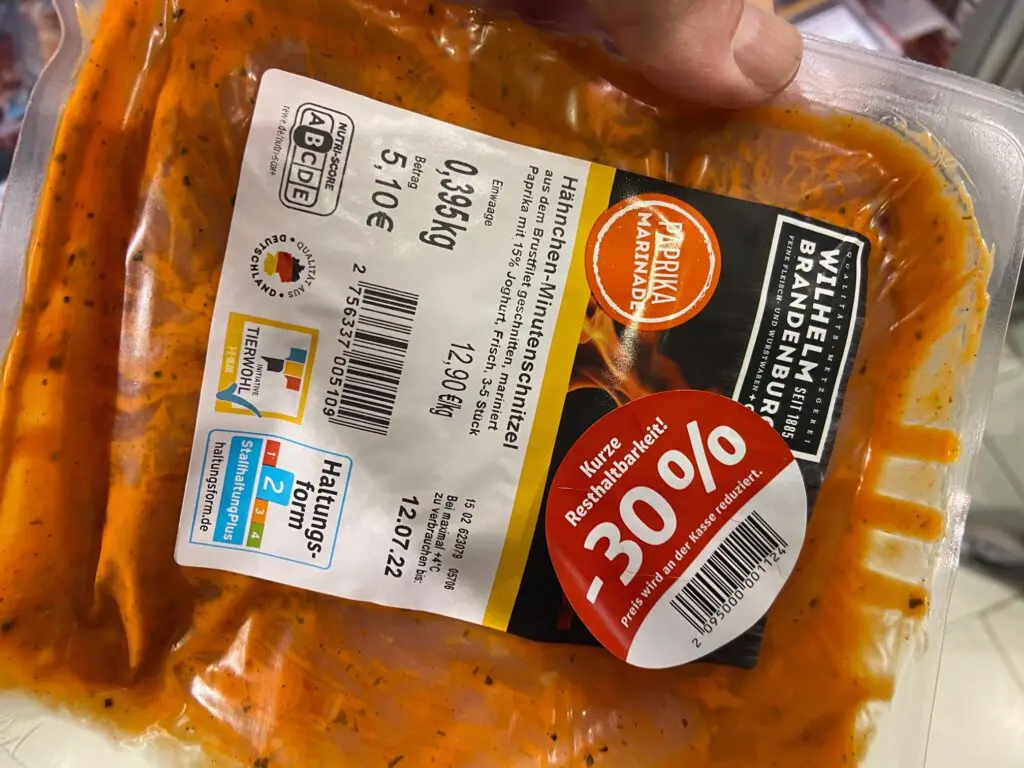
Time-consuming and intransparent
The highly manual process of price reduction is not only associated with a considerable additional effort for the employees, who have to read the best-before date on the individual product and, if necessary, attach a sticker to the goods – it is also entirely intransparent for those responsible on the shop floor and in the head office.
Another problem is that the decision when and how much to reduce the price of a product is often a gut decision of the store managers or their co-workers. However, retailers know from the use of AI-based software solutions in the non-food sector that the price elasticity of individual articles can be determined very accurately on the basis of historical sales figures and that system-supported markdown actions at the end of a season or the life cycle of a product can be designed amazingly accurately on this basis.
AI replaces intuition
It therefore seems to make little sense to leave the question of when and to what extent an item should be reduced in price to the intuition of the employees on the floor. In fact, the probability of selling goods before they are no longer marketable increases considerably through the use of forecast-based price optimisation solutions.
But price optimisation is impossible without data. Retailers not only have to bring the stocks into a system with the exact best-before date, but also sales data that shows at which price goods with which remaining shelf life were actually bought.
App digitises markdowns
Several large companies in grocery retailig are currently looking at a solution that the GK subsidiary Prudsys has launched aiming to enable retailers to optimise markdowns in the fresh produce assortment: The GK Instore Check & Price App is designed to support staff in implementing best before date inventory management. By integrating GK’s price optimisation solution, the app provides specific suggestions for reducing the price of certain items with a particular best before date.
The app was developed in a way that it can be adapted to the existing processes in the retail stores without increasing the amount of work on the sales floor due to the system-supported freshness management. “Our app makes this as simple as possible and very close to the processes already in place, without a need for staff trainings,” says Jens Scholz, CEO of GK’s subsidiary Prudsys and head of the group’s AI Services. If a retail company currently works with best before date paper lists, the use of the app even offers the opportunity to significantly streamline processes.
Distributed roles
In any case, the solution can create transparency, which retailers currently lack when it comes to price reductions in the fresh produce sector. With the Instore Check & Price App, role concepts can be mapped, as they already exist in some stores today. While the app supports the best before date inventory recording for certain employees, it opens up the possibility for store managers, for example, to check and accept the actual price reduction proposals.
Since retailers improve not only their image but also their turnover by avoiding food waste, they are currently looking for solutions that are easy to introduce without having to turn the big wheel of integration into the merchandise management systems.
The solution from GK Artificial Intelligence for Retail also makes it possible to at least document the time-consuming manual logging of the best-before dates on the shelf and to set targeted tasks for employees from the time of logging onwards, if further articles of a SKU have to be reduced in price. Sales through price reductions thus become more efficient for the employees on the sales floor and, above all, more transparent for the retailer.
